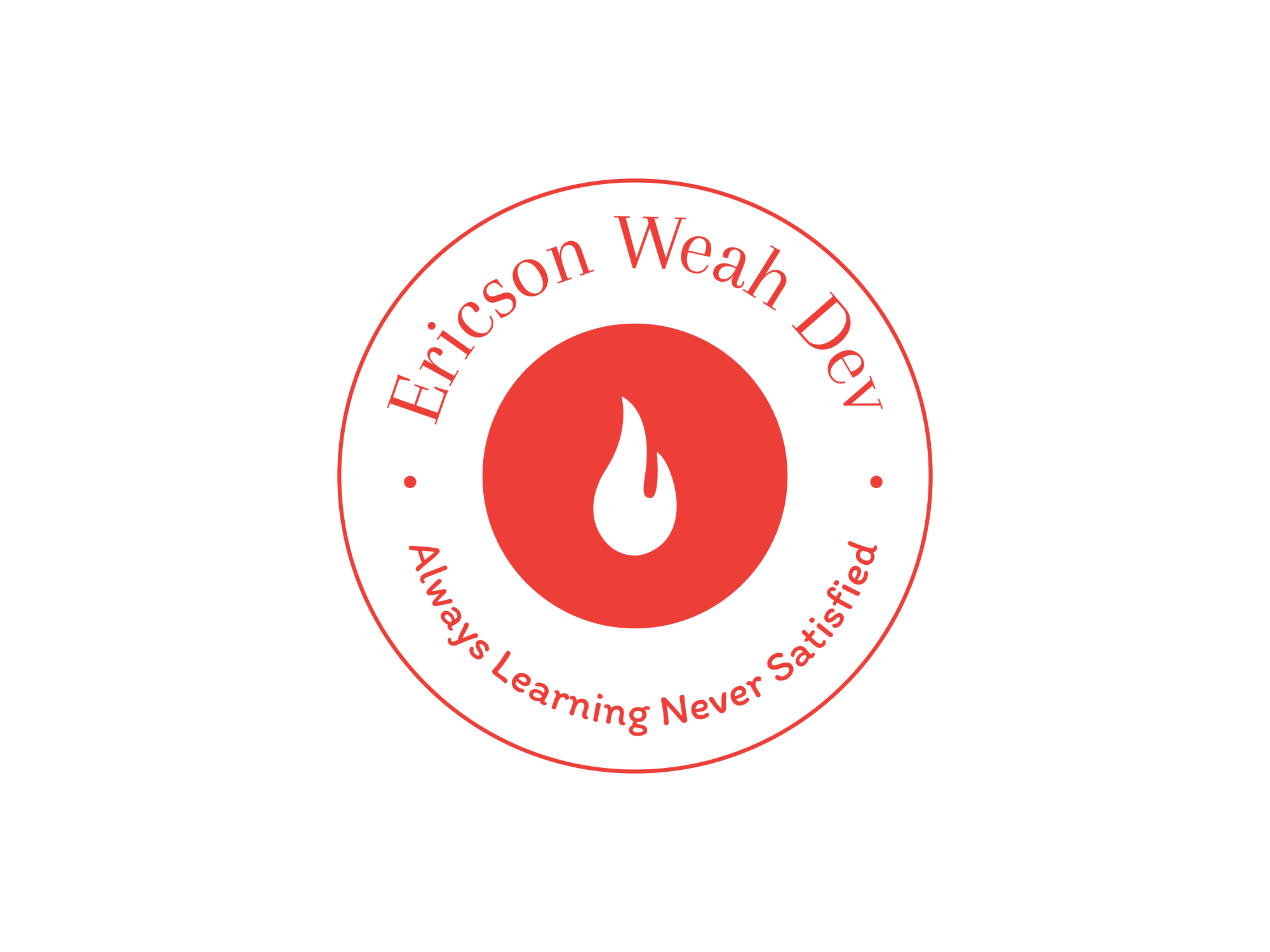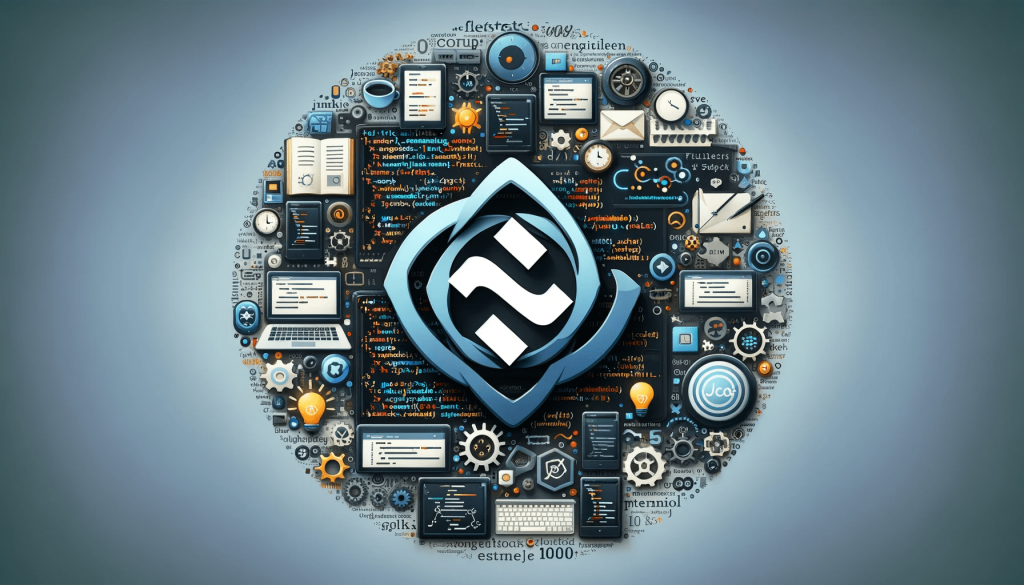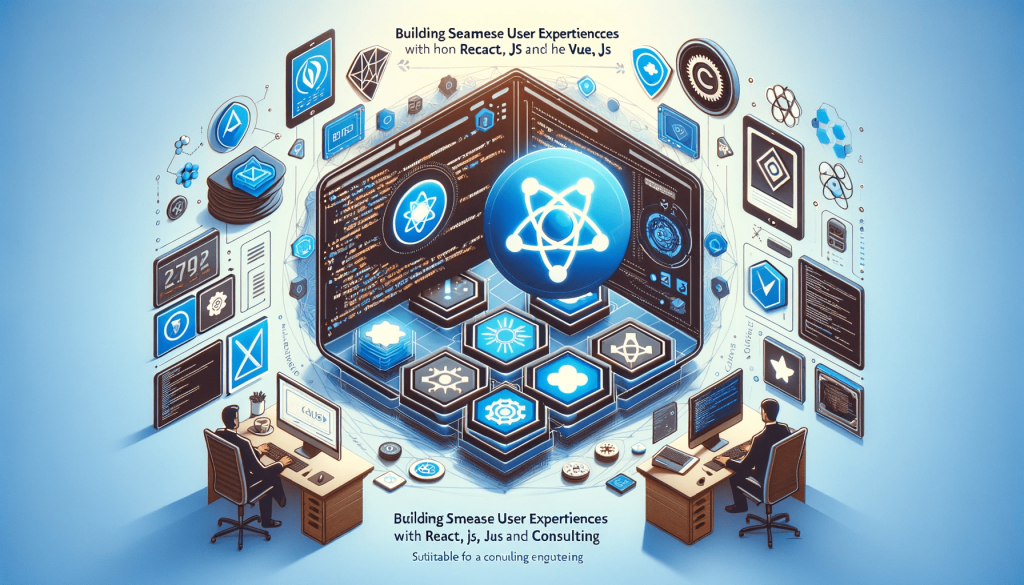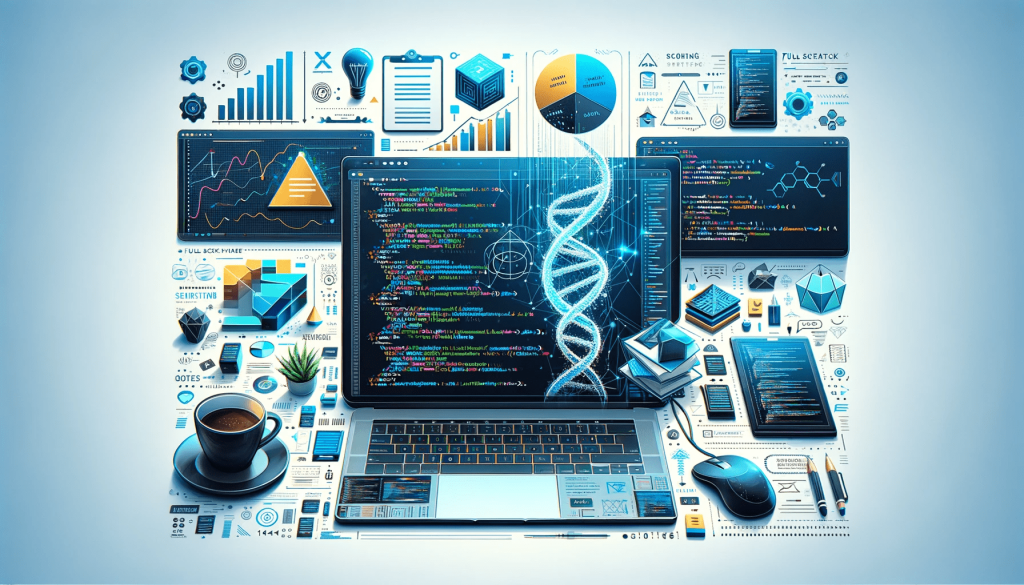The Future of Full Stack Development: Trends to Watch

The tech industry is constantly evolving, and full stack development is at the forefront of this change. Full stack developers, who can handle both front-end and back-end development, are highly sought after for their versatility and comprehensive skill sets. As the demand for seamless and efficient web applications continues to grow, so does the need for full stack developers to stay ahead of emerging trends. This article explores the current state of full stack development and highlights the key trends shaping its future.
Introduction
Full stack development is evolving rapidly, driven by advancements in technology and changing business needs. This evolution is crucial for developers who want to remain competitive and deliver cutting-edge solutions. In this article, we’ll explore the latest trends in full stack development, their implications for developers, and how to stay ahead in this dynamic field.
The Current State of Full Stack Development
Full stack development today is characterized by the widespread use of JavaScript frameworks, the adoption of cloud-based solutions, and an increasing emphasis on DevOps practices. Developers are expected to be proficient in both front-end and back-end technologies, and they often use tools and frameworks that streamline the development process, such as React, Angular, Node.js, and Express.js. This comprehensive approach allows developers to build robust, scalable applications that meet diverse business needs.
Key Trends Shaping the Future of Full Stack Development
JavaScript and Beyond
JavaScript continues to dominate the full stack development landscape, but new frameworks and libraries are emerging to enhance its capabilities.
- React, Vue.js, and Svelte: These frameworks offer powerful tools for building dynamic user interfaces. React’s component-based architecture, Vue.js’s simplicity and flexibility, and Svelte’s innovative compile-time optimizations are pushing the boundaries of what developers can achieve.
- Beyond JavaScript: Languages like TypeScript are gaining popularity for their ability to add static types to JavaScript, improving code quality and maintainability.
Serverless Architectures
Serverless computing is revolutionizing the way applications are built and deployed. By abstracting server management, serverless architectures allow developers to focus on writing code and delivering features.
- Benefits: Reduced operational overhead, automatic scaling, and cost efficiency.
- Popular Platforms: AWS Lambda, Google Cloud Functions, and Azure Functions are leading the way in serverless computing.
Microservices and Containerization
Microservices architecture and containerization are transforming how applications are developed and maintained.
- Microservices: Breaking applications into smaller, independent services improves scalability and fault isolation.
- Containerization: Tools like Docker and Kubernetes enable developers to package applications and their dependencies into containers, ensuring consistency across environments.
Progressive Web Apps (PWAs)
PWAs are gaining traction for their ability to provide native app-like experiences within a web browser.
- Benefits: Offline functionality, improved performance, and seamless updates.
- Technologies: Service workers, web app manifests, and responsive design principles are key to building effective PWAs.
Artificial Intelligence and Machine Learning Integration
Integrating AI and ML into full stack applications is becoming increasingly important for enhancing functionality and user experiences.
- Applications: Personalized recommendations, natural language processing, and predictive analytics.
- Tools: TensorFlow.js, Brain.js, and other AI/ML frameworks are making it easier to incorporate intelligence into web applications.
DevOps and CI/CD
The integration of DevOps practices and CI/CD pipelines is critical for accelerating development cycles and ensuring reliable deployments.
- DevOps Practices: Emphasize collaboration between development and operations teams, automation, and continuous improvement.
- CI/CD Tools: Jenkins, GitLab CI/CD, and CircleCI help automate testing, integration, and deployment processes.
Security and Privacy
With the rise of cyber threats, building secure applications and protecting user data are more important than ever.
- Best Practices: Implementing robust authentication, encryption, and regular security audits.
- Regulations: Compliance with data protection regulations like GDPR and CCPA is essential for maintaining user trust and avoiding legal repercussions.
Cross-Platform Development
Tools and frameworks that enable developers to build applications for multiple platforms are becoming increasingly popular.
- Frameworks: Flutter and React Native allow for the development of applications that run on both iOS and Android from a single codebase.
- Benefits: Reduced development time, consistent user experiences, and easier maintenance.
Impact on Skills and Tools for Full Stack Developers
As these trends evolve, full stack developers must continuously update their skills and tools. Mastery of modern JavaScript frameworks, familiarity with serverless architectures, and expertise in containerization and microservices are becoming essential. Additionally, a strong understanding of DevOps practices, AI/ML integration, and security best practices will set developers apart in a competitive landscape.
Predictions for the Future Landscape
Potential Challenges
- Rapid Technological Change: Keeping up with the fast pace of technological advancements can be challenging.
- Skill Gaps: Bridging the gap between current skill sets and new technologies will require ongoing education and training.
- Security Concerns: As applications become more complex, ensuring their security will become increasingly difficult.
Opportunities for Innovation
- Enhanced Collaboration: Improved tools and practices will facilitate better collaboration between development and operations teams.
- Increased Automation: More advanced automation tools will streamline development and deployment processes, reducing time and effort.
- Advanced Personalization: The integration of AI and ML will enable more personalized and intelligent applications.
Tips for Staying Updated
- Continuous Learning: Enroll in online courses, attend webinars, and read industry blogs to stay informed about the latest trends.
- Participate in Communities: Engage with communities on platforms like GitHub, Stack Overflow, and Reddit to share knowledge and learn from peers.
- Experiment with New Technologies: Build side projects to experiment with new frameworks, tools, and methodologies.
Resources for Further Learning
- Articles and Blogs:
- Smashing Magazine
- CSS-Tricks
- Medium’s JavaScript Community
- Courses:
- Udemy: “The Complete JavaScript Course”
- Coursera: “Full Stack Web Development”
- Pluralsight: “Full Stack Development: Getting Started”
- Communities:
- GitHub
- Stack Overflow
- Reddit’s r/webdev and r/fullstack
Conclusion
The future of full stack development is bright and full of opportunities. By staying updated with the latest trends and continuously improving your skills, you can stay ahead in this ever-evolving field. Embrace these trends to build scalable, secure, and high-performance web applications that meet the demands of today’s users and businesses.
In the rapidly evolving world of full stack development, keeping up with the latest trends is essential for success. By understanding and adopting the practices and technologies outlined in this guide, you can ensure that your skills remain relevant and your applications stay at the cutting edge. Whether you’re an experienced developer or just starting, the future of full stack development offers exciting possibilities for innovation and growth.






 and then
and then
Responses